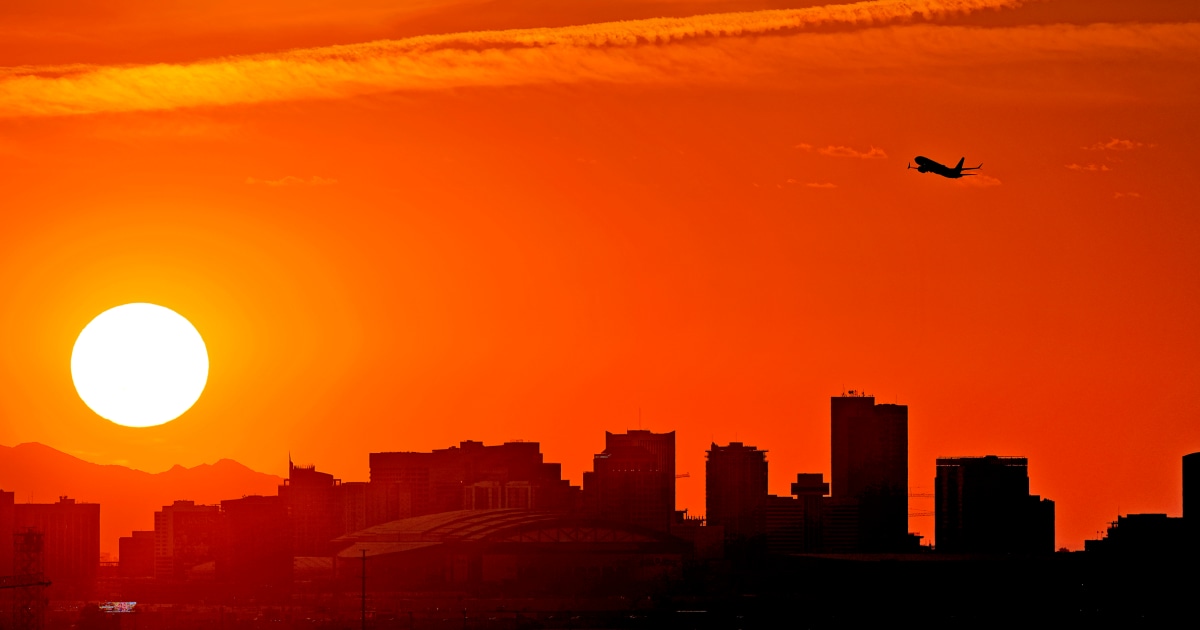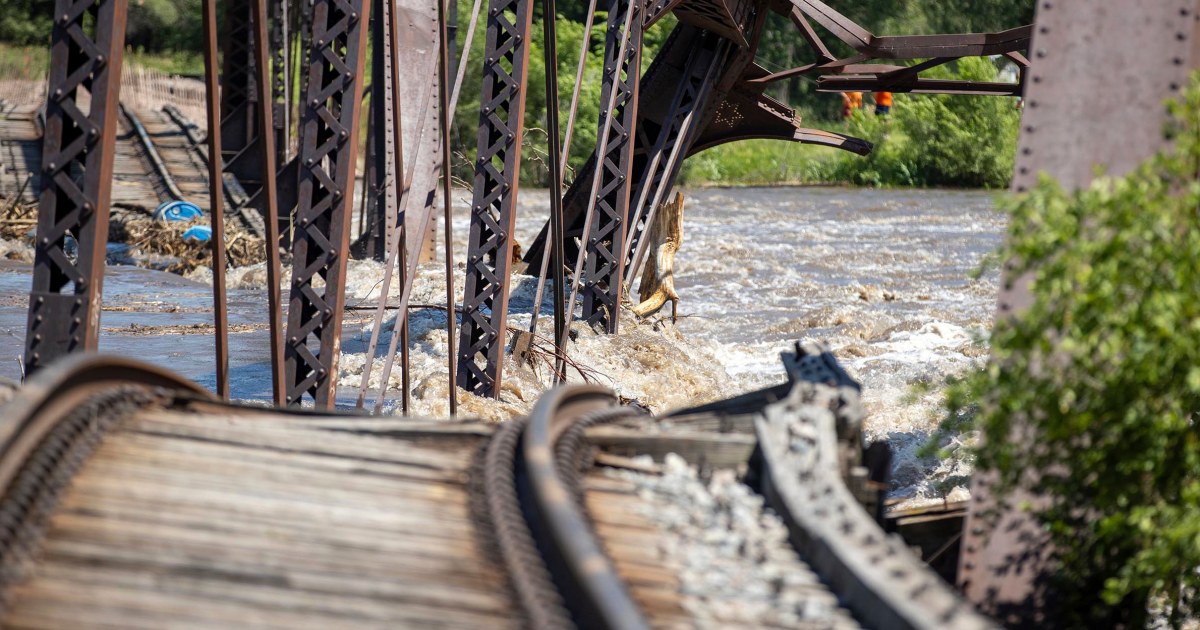In North Carolina, for example, Ward and her colleagues have helped counties craft heat action plans to identify their most vulnerable populations.
She said government officials should treat onslaughts of high heat and humidity similar to hurricanes, tornadoes and other disasters.
“People in emergency management and public health have a lot of structures in place already for all kinds of other extreme weather events, but not so much for heat,” Ward said.
Last summer was a wake-up call, she added.
“That was our category 5 heat event,” Ward said. “The extreme nature of what we saw last summer was enough to focus attention on this topic.”
Climate change is increasing the frequency, duration and intensity of heat waves around the world, studies show. Last year was the planet’s hottest on record, and the warming trend continues. April was the 11th consecutive month with record-breaking global temperatures, according to the European Union’s Copernicus Climate Change Service.
In much of the U.S., temperatures over the next three months are expected to be above average, according to the National Oceanic and Atmospheric Administration.
Ward said that it’s heartening to see cities take extreme heat seriously but emphasized that major challenges lie ahead. For one, preparing early for extreme heat requires funding, which is a major challenge, especially for rural communities.
Even trickier will be addressing the underlying social issues that get magnified during heat waves, such as homelessness, rising energy costs and economic inequality.
Ward is optimistic, though, that last summer’s experience has catalyzed some local governments to act.
“What I hope we see going forward is more emphasis on what we can do to reduce those exposures to begin with,” she said, “so that we’re not constantly in response mode.”















